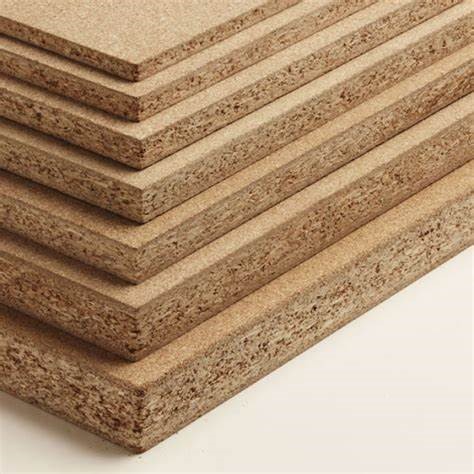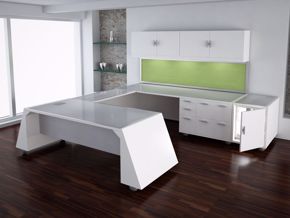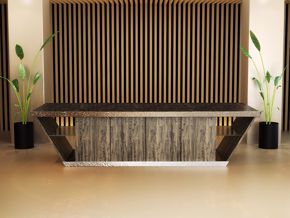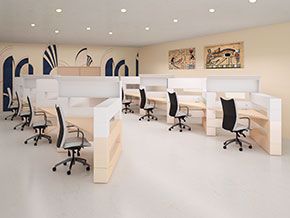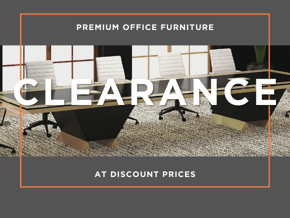If you are considering buying a modern conference table, reception desk, or quality executive desk —take pause and consider one of the most essential attributes of your office design presentation.
Is it the color, the placement, or the woodwork?
Now, it’s true, many things contribute to the final appearance of your office. Still, I’m sure you’ll admit the most important factor is the appearance of the woodworking. Most often, this is the dominant visible feature of any office. When you think about it, all those beautiful conference tables, modern executive desks, and reception area pieces are usually made of wood.
To purchase stylish office furniture, you need to understand the different kinds of wood, specifically plywood, insofar as that is what most office furniture is made from. Did you know how the quality of plywood used in your modern office furniture affects how your furniture looks, fits together and lasts over time? Well, here are some things to think about.
Some modern office furniture you look at online looks perfect, and the price is low. Other office furniture you see on different sites can be super expensive, and sometimes, from the pictures, the lower-priced offerings appear to be just as lovely. Still, others, as Goldilocks would say, are “just right.” Many factors contribute to office furniture prices, but today, we want to examine the materials. The materials used in the furniture speak to the quality, appearance, lifespan, and overall cost of your furniture.
Hardwood Plywood

Hardwood plywood is often made from teakwood, birchwood, or even Gurjan. It is referred to as “hardwood” and is typically rather pricey. If office furniture pricing is not an issue, look for modern office furniture made with this substrate.
When it comes to top-quality wood, Gurjan is mainly what is used in India. Hardwood plywood is primarily identified by a hint of red color to the wood. These plywoods are known for their stiffness, strength, and impact resistance.
Softwood Plywood

Companies building office furniture that must be sold more cheaply will most often use softwood plywood. This type of plywood is made from pine, fir, or spruce. Softer plywoods are less costly than their hardwood counterparts and are not as strong. For this reason, maintaining softwood plywood in a straight, stiff format is often less dependable. These plywoods tend to be yellowish in color.
Maple Plywood with a Poplar Core
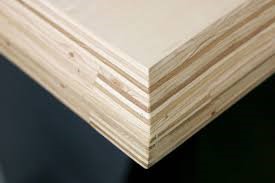
Maple plywood with a poplar core is an office furniture option that provides strength, straight runs, moisture resistance, durability, and firmness greater than softwoods. And, less costly than hardwood.
Poplar core is an excellent fit for indoor office furniture because it meets all the demands for long-lasting quality furniture.
Engineering Used in Office Furniture Construction
Separately from the plywood types mentioned above, modern office furniture manufacturers often use other materials as options. One such material is medium-density fiberboard or MDF. Many people may not know that MDF is not wood at all. It is made from wood pulp (a combination of sawdust and small residual chips).
The downside of using this for modern office furniture is that it is less durable than plywood. It doesn’t hold nails and screws for an extended period because it doesn’t have wood density. Modern office furniture made from materials like this can often separate. While the overall price may be lower, office furniture buyers are frequently fooled by external appearance.
Particle Board
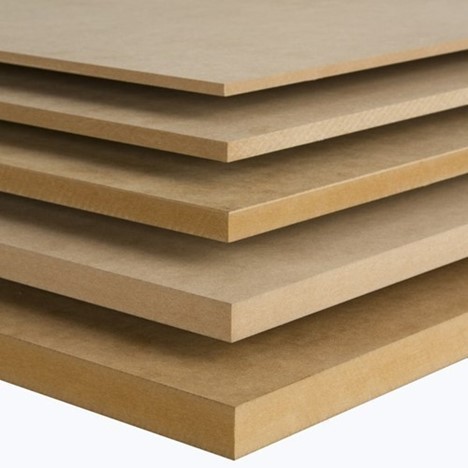
Particle board is manufactured from wood chips glued and pressed together with a great deal of pressure. This is by far the lowest grade of construction material for office furniture. It is not resistant to moisture. Water can create swelling and distortion. Like MDF, screws, and nails cause it to separate due to lack of density. One advantage of particle board over plywood is that it tends to be a generally smooth surface, making laminated tops straight at the outset, with no swells or valleys. It should be used only for its redeeming attributes, in combination with high-quality plywood.
